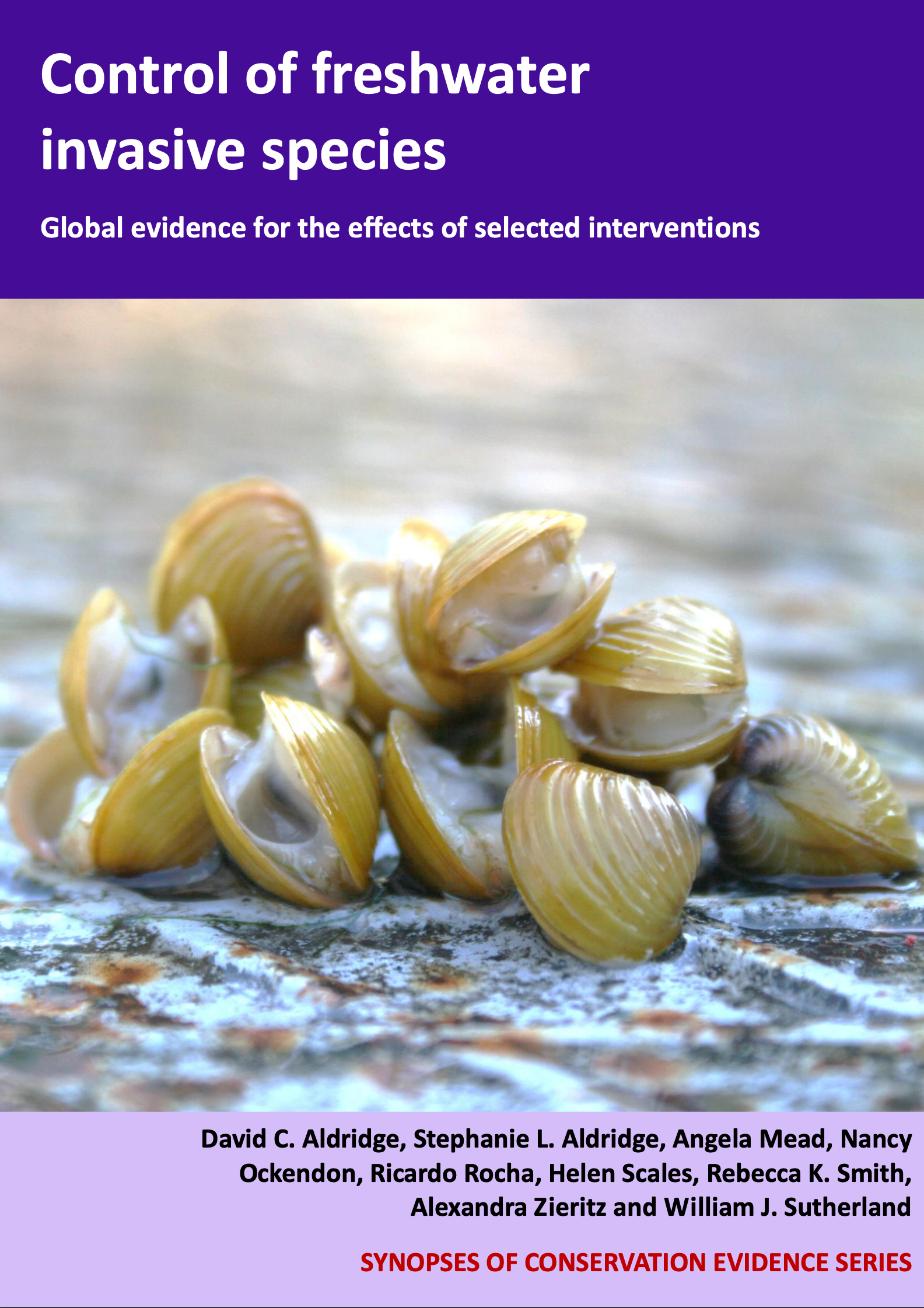Water primrose: Combination treatment using herbicides and physical removal
-
Overall effectiveness category Likely to be beneficial
-
Number of studies: 2
View assessment score
Hide assessment score
How is the evidence assessed?
-
Effectiveness
70% -
Certainty
55% -
Harms
not assessed
Study locations
Supporting evidence from individual studies
A study in 2005 in the Laguna de Santa Rosa, California (Sears et al. 2006) found that application of glyphosate and a surface active agent called Cygnet-Plus followed by removal by mechanical means resulted in a 75% kill rate of a long-standing population of water primrose Ludwigia spp. and removal of 5,388 tonnes of water primrose plants. However, in some areas of incomplete kill, there was rapid regrowth. Following the eradication attempt, there was heightened turbidity. However, intensive water quality monitoring revealed very low levels of glyphosate and associated metabolites. The herbicide was applied in July 2005 from the bank, using spray hoses located on the back of specialised vehicles. It was therefore necessary to drive over water primrose located in the flooded wetland, thereby covering some with muddy water prior to spraying. Channel areas (47 hectares) were sprayed from shore. Quantitative and qualitative vegetation monitoring were carried out before and during the project.
Study and other actions testedA study in 1996-2001 in the Botany Wetlands, Australia (Chandrasena et al. 2002) found that using a combination of herbicide application and physical removal, and other actions such as promotion of native plants and mulching, reduced the infestation of Peruvian primrose-willow Ludwigia peruviana by 85-90%. The cover of indigenous perennial plants increased. This was facilitated by ‘capping’ select areas of slushy mud with additional soil suitable for plant growth. Herbicide application on single-species stands was based on 1.0% ‘Bi-active’ glyphosate, but for mixed stands containing desirable plants 0.6% 2,4-D amine was applied. Each year, dead weed stands were mechanically cleared and burned to remove risk of regrowth. To control Peruvian primrose-willow seedling flushes, leaf and bark mulch was added to areas cleared of water primrose, and the water level of upstream ponds was managed.
Study and other actions tested
Where has this evidence come from?
List of journals searched by synopsis
All the journals searched for all synopses
This Action forms part of the Action Synopsis:
Control of Freshwater Invasive Species
Control of Freshwater Invasive Species - Published 2017
Control of Freshwater Invasive Species Synopsis





)_2023.JPG)














